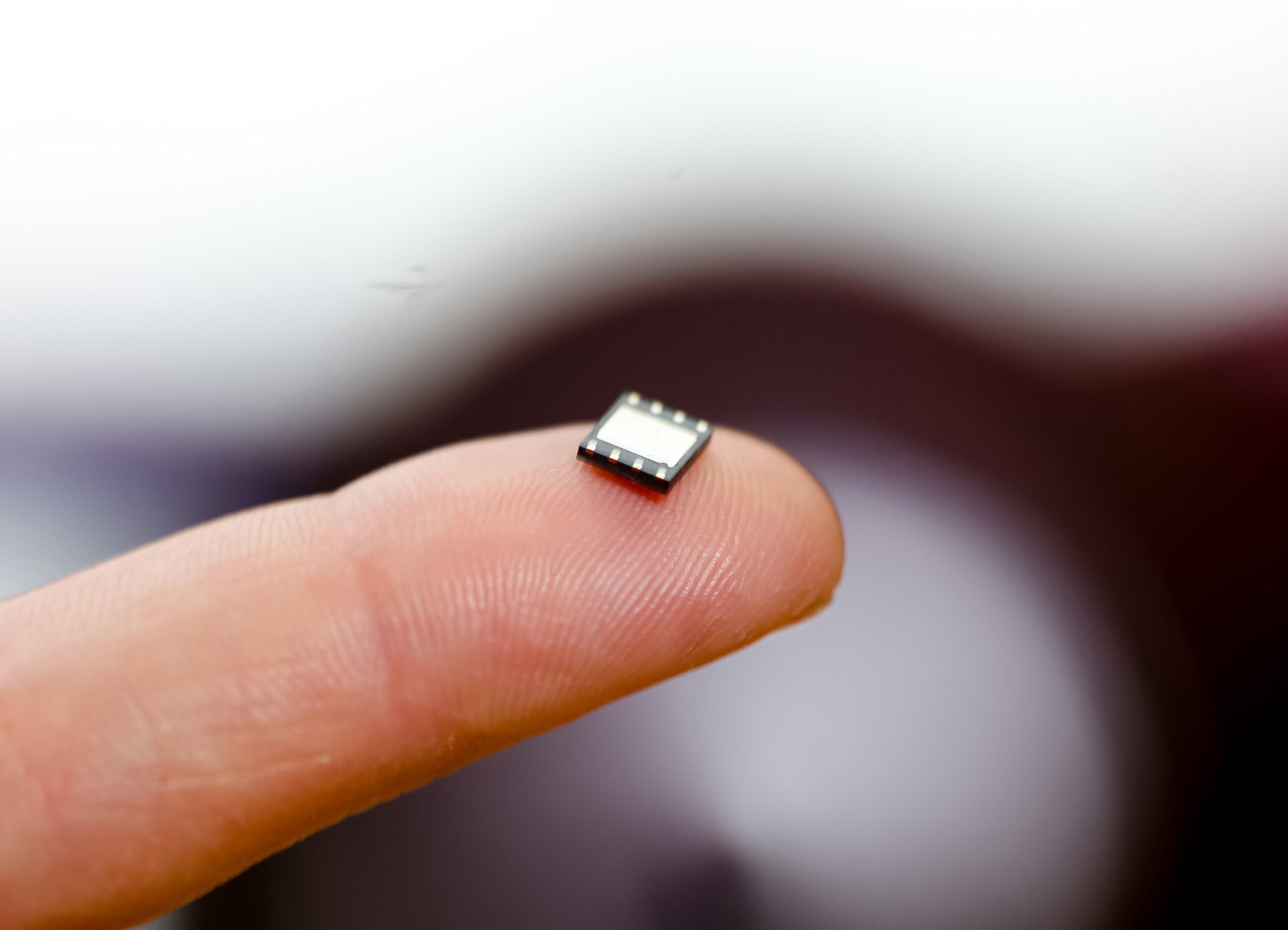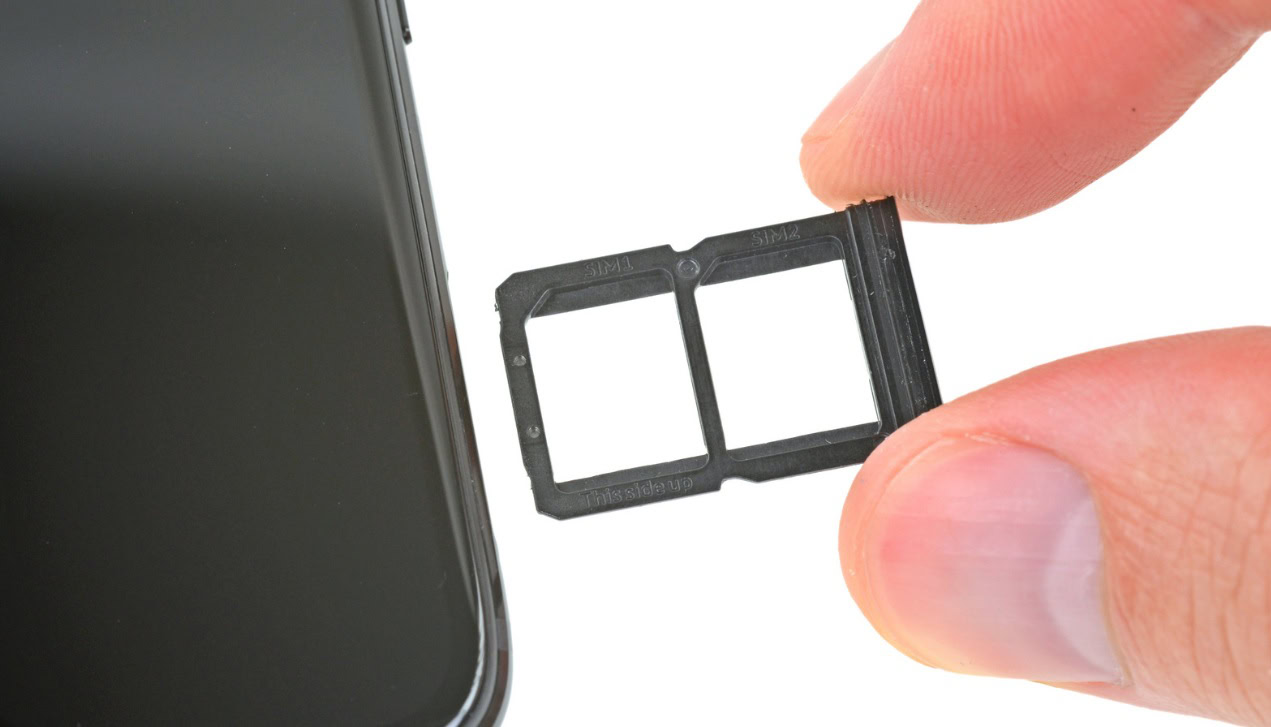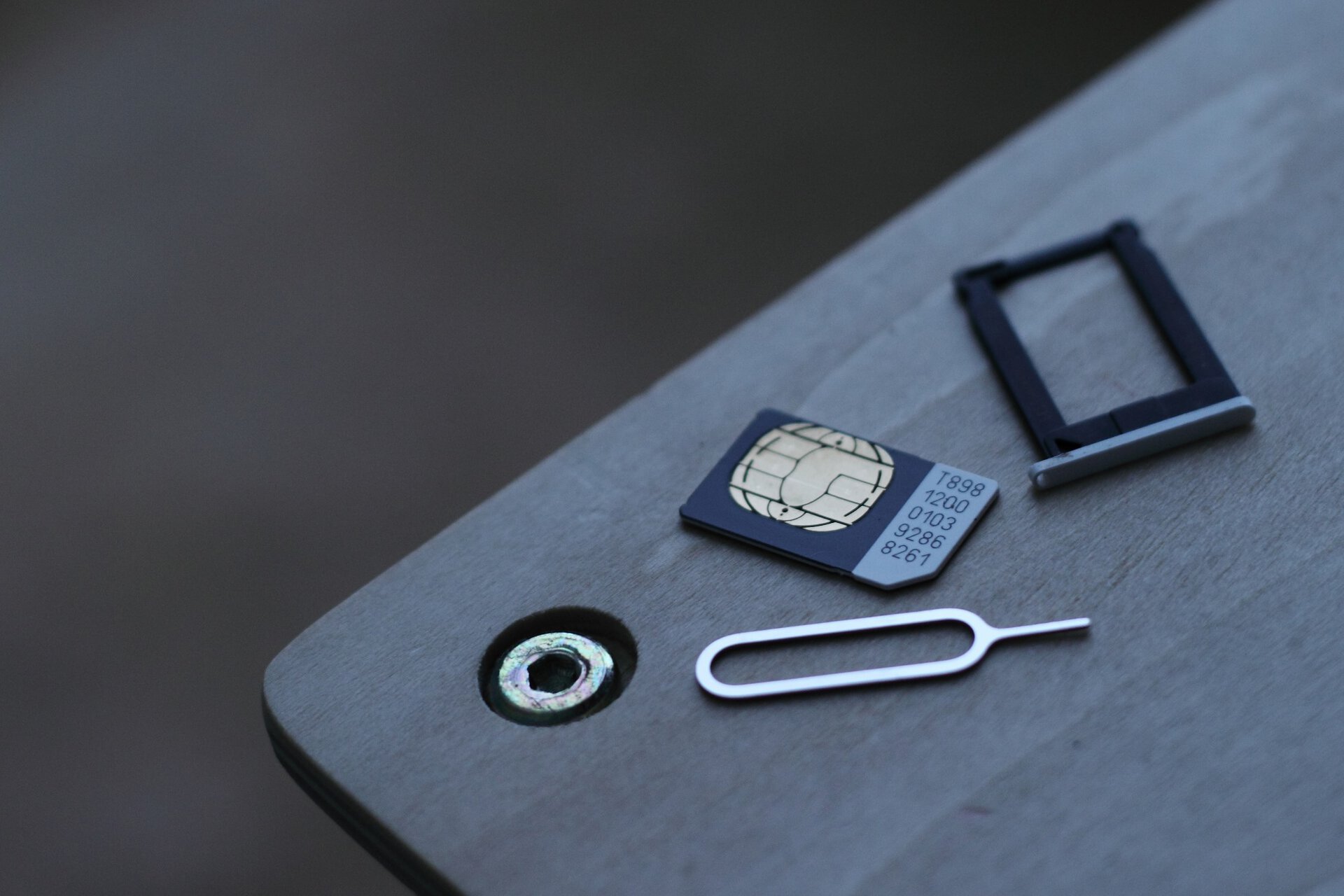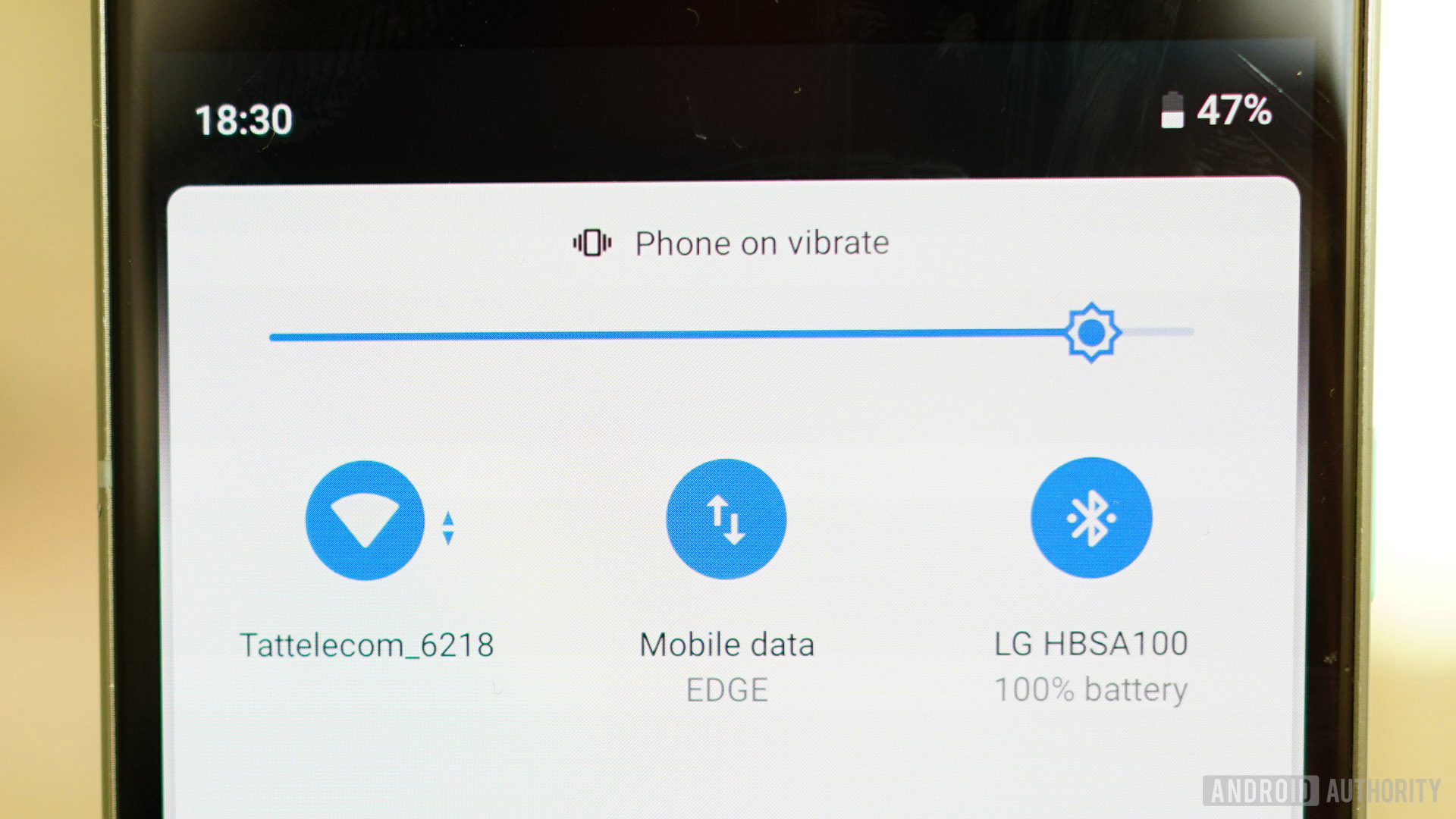Affiliate links on Android Authority may earn us a commission. Learn more.
eSIM: Pros and cons of the new way to connect
Published onNovember 18, 2018

SIM cards have been in our cellphones for more than 25 years. The only thing that’s really changed over the decades is the size of the card itself. SIM cards have made it somewhat cumbersome to connect to a service provider, given the need to have them physically present, plus they’re easily damaged and lost.
A new system’s been around for a little while and smartphone industry players are starting to get on board — enter the eSIM.
Android Authority‘s Bob Myers did a great job running through the history of the Subscriber Identity Module (SIM), along with the new eSIM, where the “e” stands for “embedded,” meaning the SIM function is embedded into the circuitry of the smartphone. This was set down by the GSMA, the international association of cell network operators and related businesses. The eSIM might be a chip, but it works more like temporary storage now. It’s reprogrammable, and can be provisioned over the air without any physical modifications.
There are some major pros and cons to the new eSIM approach, mainly where we consumers are concerned. Let’s take a look.
eSIM Pros:
It’s more reliable
You can’t lose your eSIM, it doesn’t need to be cut to an exact size, and it won’t wear out. You don’t need to go to a store to buy one, or even pay for one, like the bad old days when companies would charge for SIM cards. No need to wait for a company to send one out either.
Remote provisioning
People have been using eSIMs in the wild for a little while now and experiences have been good. With the Google Pixel 2, Project Fi activates almost instantly. Switching between networks that support eSIMs, which are increasing, means no need to switch between old SIM cards and new SIM cards. Remote provisioning make the switch quick and painless.
Recently, Google said that eSIM support for the Google Pixel 3 would expand to more countries and carriers in the coming months, including Sprint in the U.S.

One less ingress point, plus space saving
This one benefits makers directly, but it will flow down to consumers as well. Manufacturers have gradually cut down SIM card size, using the saved space for other useful components. Removing the components to read a SIM card, and the SIM card slot itself, removes a handful of complexities in smartphone design, and removes a big hole in a device.
Switching to eSim means there’s one less places to worry about water and dust resistance, which helps improve IP ratings and general water splashproof-ness. Companies justified removing the headphone jack for space reasons, so removing the physical SIM card space may give us more room for new technology.

You don’t need the little SIM-ejector anymore
With a few billion smartphones now in existence, there’s also a few billion of those little pokers for ejecting physical SIM cards. Even with so many around, you can never find one when you need it. Even the guy who normally carries around a bunch of them has lost them gradually over the years, stolen by those he thought he could trust. Now that’s not an issue!
Oh, and there won’t be a need to jam other sharp objects in your phone when you lose the poker too.
eSIM Cons:
Switching phones is a little more complicated
Tech reviewers will change SIMs at the drop of a hat between phones, and for everyone else, it’s always been useful to pull out the SIM card and remove a significant amount of personal information. Of course, phones these days are full of images, video, music, photos, passwords, notes, settings, and so on, but the SIM had plenty on it as well. Disposing of a phone or passing a phone down the line to friends or family will take a little bit more effort in order to wipe the eSIM properly.
Currently, there aren’t any dual eSIM phones either — just support for a normal SIM and an eSIM. Dual eSIMs seem likely in the future, but we haven’t seen any yet.

No disconnection from cellular networks
Now that an eSIM is always present, you’ll always be connected to a network once you’re provisioned. That makes phones far more trackable. Any device with just an eSIM will constantly be active and on a network. For most law-abiding people of democratic states that’s not an issue, but there are plenty of regions in the world where people may not want to be tracked by governments or intelligence. Yes, it’s a little bit far removed from what most people deal with, but it could be a problem.
Hacking
Another problem for some will be hacking. I don’t pretend to know where the battle between hackers and eSIM security stands. Embedded though it may be, an eSIM is a physical chip, which makes hacking it very difficult. However, operators will need to be concerned about provisioning and exchanging configuration data between their network and the phone, even if it is encrypted. An eSIM offers one more potential exploit for a hacker, even if it’s a tiny one.
Overall
The move towards the eSIM is another sign of the times, where technology could improve our lives — with a few side effects. It won’t be too long before explaining to another generation how physical chips were necessary to receive 180-character text messages will make it seem like we lived in the dark ages.
Have you tried an eSIM yet? Are you wary, or ready for the new technology?